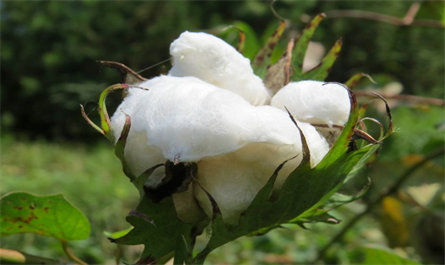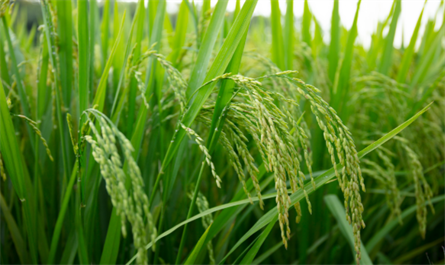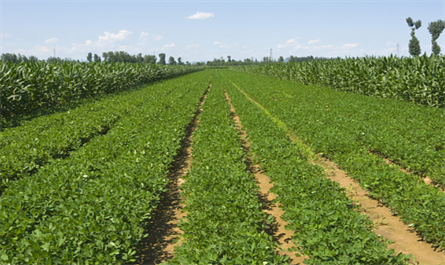Knowledge
-
Application of Prohexadione Calcium as a Corn Growth PromoterDate: 2025-10-10Prohexadione calcium is a plant growth regulator whose main components are oxadiazole and calcium ions. Oxadiazole promotes corn seedling growth, increases photosynthesis efficiency, inhibits harmful substances produced by photosynthesis, and improves light energy utilization. Calcium ions promote plant cell division and elongation, enhancing plant stress resistance and immunity.

-
Detailed Explanation of Plant Growth Regulators for Cotton Yield IncreasesDate: 2025-08-15In recent years, with the widespread adoption of cotton cultivation, various plant growth regulators have played an increasingly important role in promoting cotton growth. To help cotton farmers and technicians better understand these regulators

-
10 plant growth regulators help regulate rice growthDate: 2025-07-10Gibberellic Acid (GA3) is a broad-spectrum plant growth regulator that can promote crop growth and development, make it mature early, increase yield, improve quality, and promote growth and increase yield through foliar spraying. Gibberellic acid can also quickly break the dormancy of seeds and promote germination.

-
Recommended plant growth regulators for peanut germinationDate: 2025-07-03Main types and functions of plant growth regulators for peanut germination
During the germination of peanuts, plant growth regulators can break seed dormancy and accelerate radicle germination by regulating endogenous hormone levels. Commonly used regulators include



